Journal / Botanical Encyclopedia

Ginger
Zingiber officinale
Ginger is a flowering plant that originated in Southeast Asia and has been cultivated for its culinary and medicinal uses for thousands of years.
Journal / Botanical Encyclopedia


Zingiber officinale
Ginger is a flowering plant that originated in Southeast Asia and has been cultivated for its culinary and medicinal uses for thousands of years.


Our Growing Regions: Burma, India, Peru
The scientific name of ginger is Zingiber officinale. Ginger is a flowering plant that originated in Southeast Asia and has been cultivated for its culinary and medicinal uses for thousands of years.
In human history, ginger has been used as a medicine, food, and spice. In traditional herbal medicine, ginger was commonly used to treat various ailments, including digestive issues, nausea, and inflammation. It was also believed to have warming properties and was used to alleviate cold symptoms. In terms of culinary uses, ginger is used worldwide as a spice and flavoring agent in various dishes, beverages, and desserts.
There are several key cultivars and varieties of ginger grown around the world. Some of the notable ones include: Burmese ginger, and Mizoram ginger and Jamaican ginger.
BURMESE GINGER
Burmese ginger, also known as Myanmar ginger, is highly regarded for its pungency and spicy, citrus flavor. It is known for its aromatic qualities and is often used in traditional Burmese cuisine and preferred as a core of Rishi’s masala chai formula.
MIZORAM GINGER
Mizoram ginger, cultivated in the Indian state of Mizoram, is known for its strong aroma and pungent taste. It is considered to be one of the best varieties of ginger from India. It has small fingers, fibrous and aromatic yellowish flesh.
JAMAICAN GINGER
Jamaican ginger is known for its high levels of pungency and spicy flavor. It is often preferred for its intense heat and is widely used in Jamaican cuisine, particularly in ginger beer and other beverages. It has knotty, bulbous and strong roots with a pungent and spicy kick accented by notes of eucalyptus and camphor.
Buffalo ginger, Hawaiian blue ring ginger, and other ginger varieties differ from each other in terms of genetics, spice levels, and aromatic characteristics. These differences arise due to variations in the chemical composition of the essential oils present in each variety. Buffalo ginger, for example, is known for its milder flavor and is often used in cooking due to its soft flesh and warming but not overwhelming level of heat. Hawaiian blue ring ginger, on the other hand, has a more floral and less spicy taste and is often pressed for juicing.
Jamaican ginger is renowned for its intense heat and pungency, making it a popular choice for spice enthusiasts and folk remedies.
Burmese, Mizoram, and Jamaican ginger are regarded as the best and most pungent due to their higher levels of certain compounds, such as gingerol and zingerone, which contribute to their spice and aroma. The soil and climate conditions in these regions are believed to enhance the development of these compounds, resulting in the characteristic pungency of these gingers.
In summary, ginger (Zingiber officinale) has a long history of use as medicine, food, and spice. Although there are various cultivars and varieties of ginger, including Burmese ginger (believed to have been the first ginger used in human history), Mizoram, and Jamaican ginger, each has its own distinct characteristics. While buffalo ginger, Hawaiian blue ring ginger, and other varieties may have different levels of pungency and aromatic characteristics, Burmese, Mizoram, and Jamaican ginger are widely regarded as the best and most pungent due to their specific chemical composition and cultivation conditions.
Rishi Tea’s grower networks span Peru, Mizoram and Burma. We buy most of our Ginger from Mizoram and Burma for its complex aroma, intense heat and therapeutic benefits. In Peru we source jungle grown ginger derived from both Hawaiian Blue Ring and Jamaican root stock. Rishi Tea’s ginger blends are very differentiated and we attribute this to our unique growers network and blending skills.

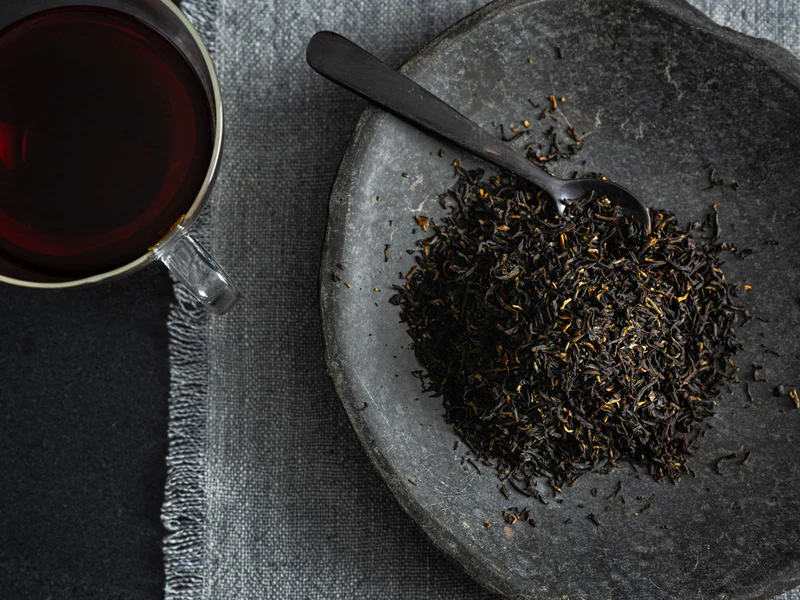


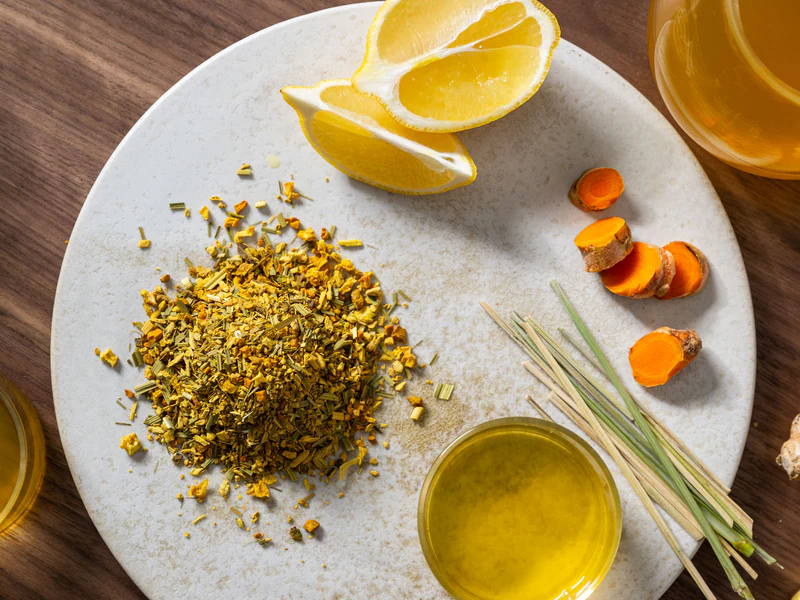


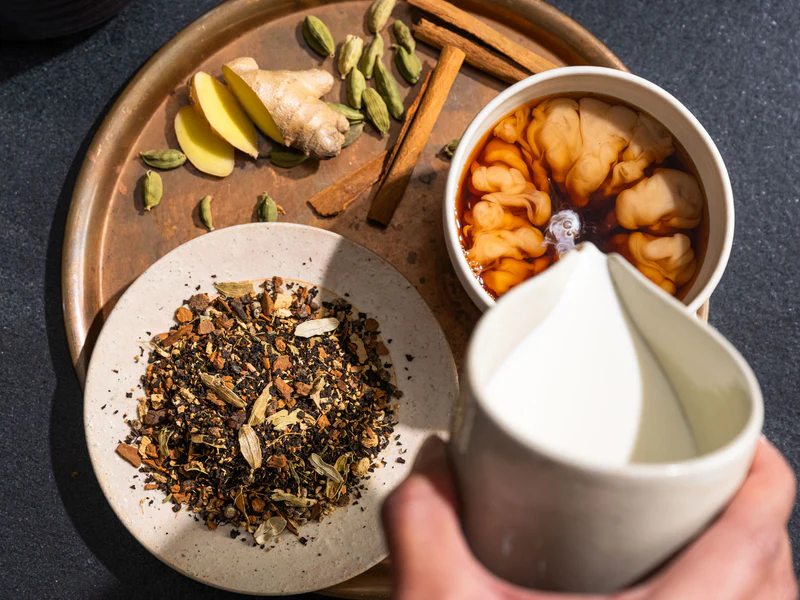





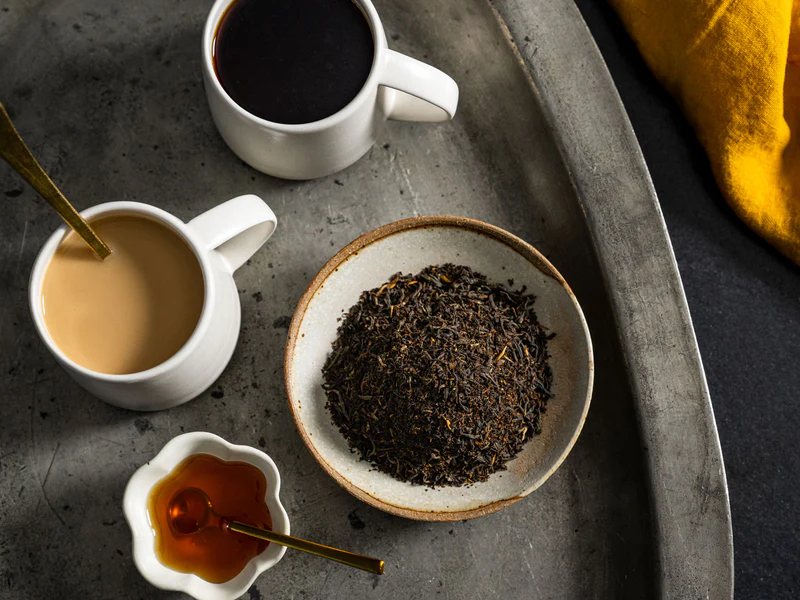


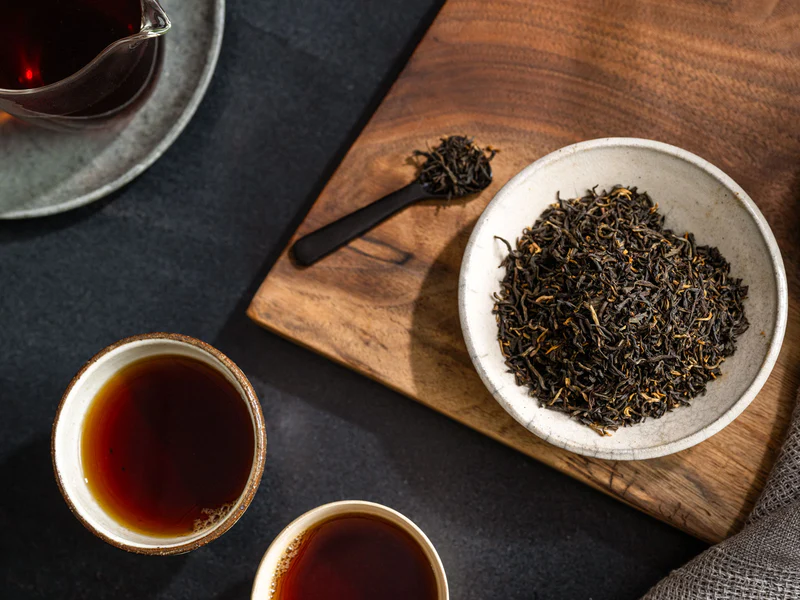


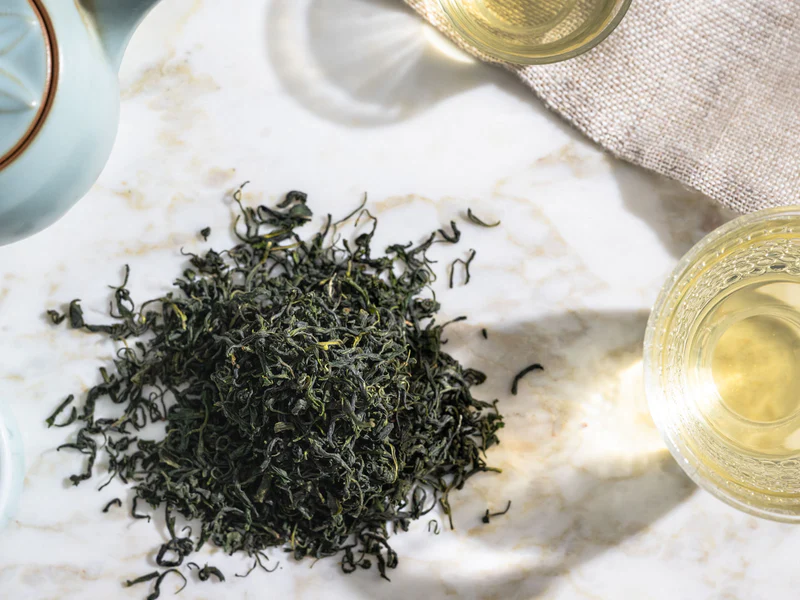
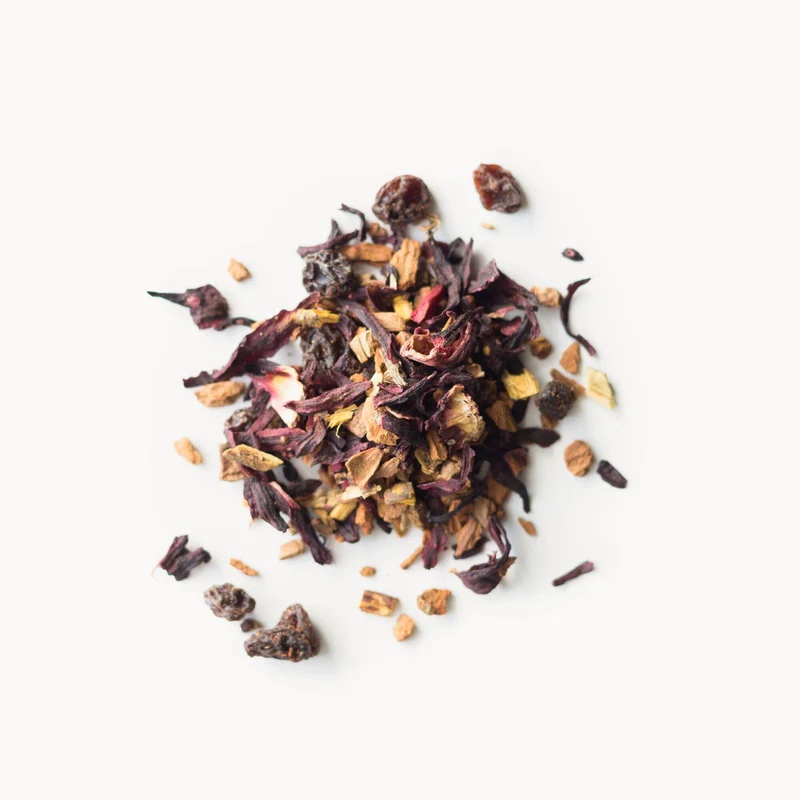
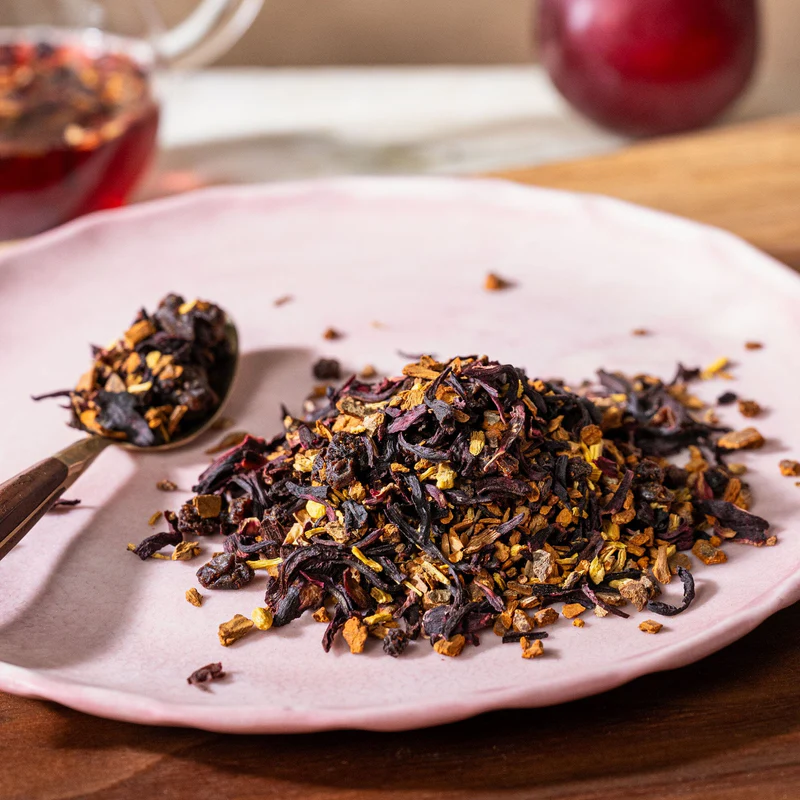
If you’re using Firefox with Enhanced Tracking Protection, certain features may be blocked. Please disable strict tracking settings or switch browsers for the best experience.